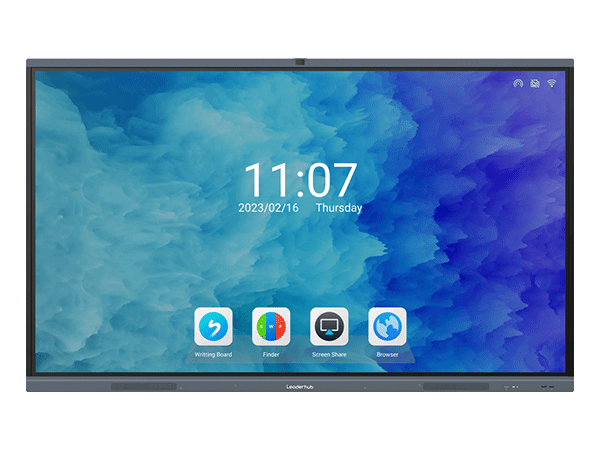Enhancing Classroom Learning with Interactive Whiteboards

In today's digital age, traditional classroom teaching methods are rapidly transforming. One innovation that has gained prominence is the use of interactive whiteboards. These devices have revolutionized the way teachers deliver their lessons and engage students in the learning process. Interactive whiteboards have proven to be effective tools for increasing student engagement and participation in the classroom.
1. Interactive Learning Experience
Interactive whiteboards provide a dynamic approach to learning by combining traditional teaching methods with technology. With the help of touch-sensitive screens and digital ink, teachers can create interactive and engaging lesson plans. Students can actively participate in activities such as solving problems, drawing diagrams, and interacting with educational software. This hands-on approach fosters a deeper understanding of the subject matter and enhances student engagement.
2. Visual and Multimedia Presentation
One of the main advantages of interactive whiteboards is their ability to display multimedia content. Teachers can incorporate videos, images, and interactive simulations into their lessons, making the learning experience more vivid and stimulating. Visual aids have been proven to enhance information retention, and the combination of visuals and audio helps cater to different learning styles. Consequently, students are more likely to stay focused and engaged throughout the lesson.
3. Collaboration and Active Participation
Interactive whiteboards promote collaboration and active participation among students. Features such as split-screen mode allow multiple students to work together simultaneously on different tasks. Teachers can also encourage students to come up to the board and interact with the content. This collaborative approach not only enhances teamwork skills but also boosts confidence and motivation. Students feel more involved in the learning process, resulting in increased engagement and improved learning outcomes.
In conclusion, the integration of interactive whiteboards in the classroom offers numerous benefits. It transforms the traditional lecture-style teaching into a dynamic and interactive learning experience. The visual and multimedia presentation captivates students' attention and helps them grasp complex concepts more effectively. Moreover, the collaborative nature of interactive whiteboards encourages active participation and boosts student engagement. By embracing this innovative technology, educators can create a vibrant and stimulating learning environment that fosters student growth and achievement.

